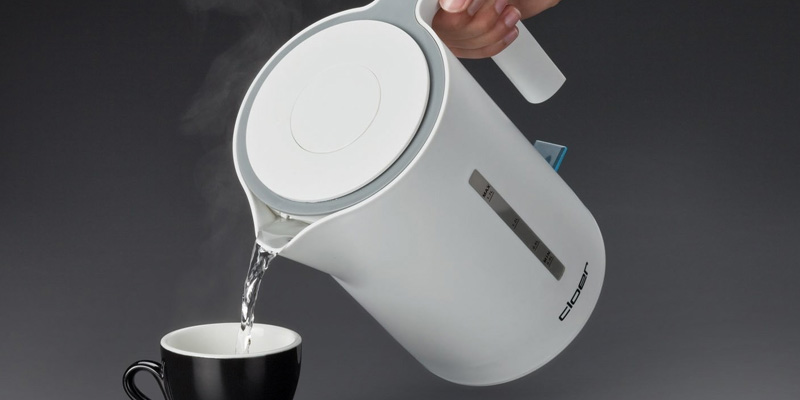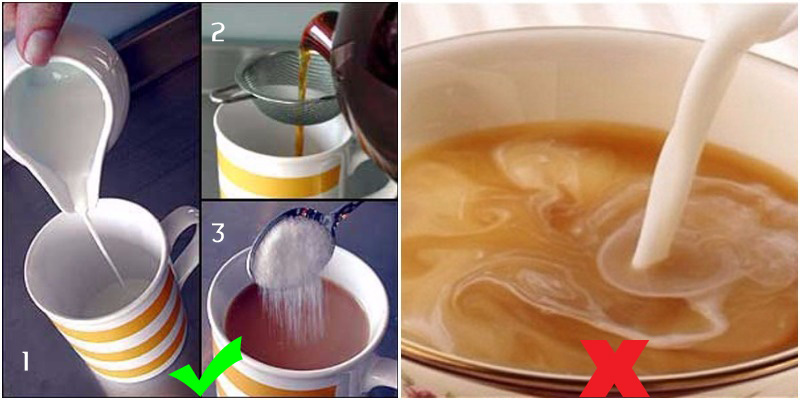Tea Brewing Temperature
Boiling water is commonly used for brewing tea. However, unless you’re preparing herbal or fruit infusions, boiling water will scorch the tea leaves, preventing the release of essential nutrients and the full flavor profile.
Ideal temperatures for brewing different types of tea:
- White tea: 65 – 75°C
- Green tea: 75 – 85°C
- Black tea: 85 – 95°C
- Herbal and fruit infusions: 100°C
If you don’t have a thermometer, here’s a tip to estimate the water temperature: When the first wisp of steam appears, it indicates that the water is around 65 – 75°C. When the water starts to shimmer and small bubbles form, it’s usually between 75 – 85°C.

Use Freshly Boiled Water
Always use freshly boiled water for brewing tea. Mineral deposits can build up in the kettle, and these will end up in your tea if you use water that has been sitting in the kettle for a while. As the tea cools, these minerals will become more noticeable, floating on the surface of your drink.

Amount of Tea
As a general rule, use one teaspoon of tea leaves per cup of water (a standard box of tea usually contains 6 teaspoons of leaves). Using too much tea will make the brew bitter and astringent, and it’s a waste of your precious leaves. For larger leaves like chamomile, you may need to use a slightly heaped teaspoon. With tea bags, you can use them 2-3 times before discarding.

Rinsing the Teapot
Rinsing your teapot with hot water before brewing is a common practice, especially with stoneware pots. This helps maintain the water temperature during the brewing process. However, this step is unnecessary for glass or porcelain teapots.

Adding Milk
When adding milk to your tea, pour the tea into your cup first, and then add milk. Adding milk to the cup before the tea will cause the tea to cool down, making it difficult to dissolve the milk properly, especially if you’re using condensed milk. This method also helps prevent a build-up of residue in your cup.

Source: plo.vn
Most pure teas contain some caffeine, so if you’re planning on drinking tea before bed, opt for herbal infusions like vanilla, chamomile, or honeybush tea.































